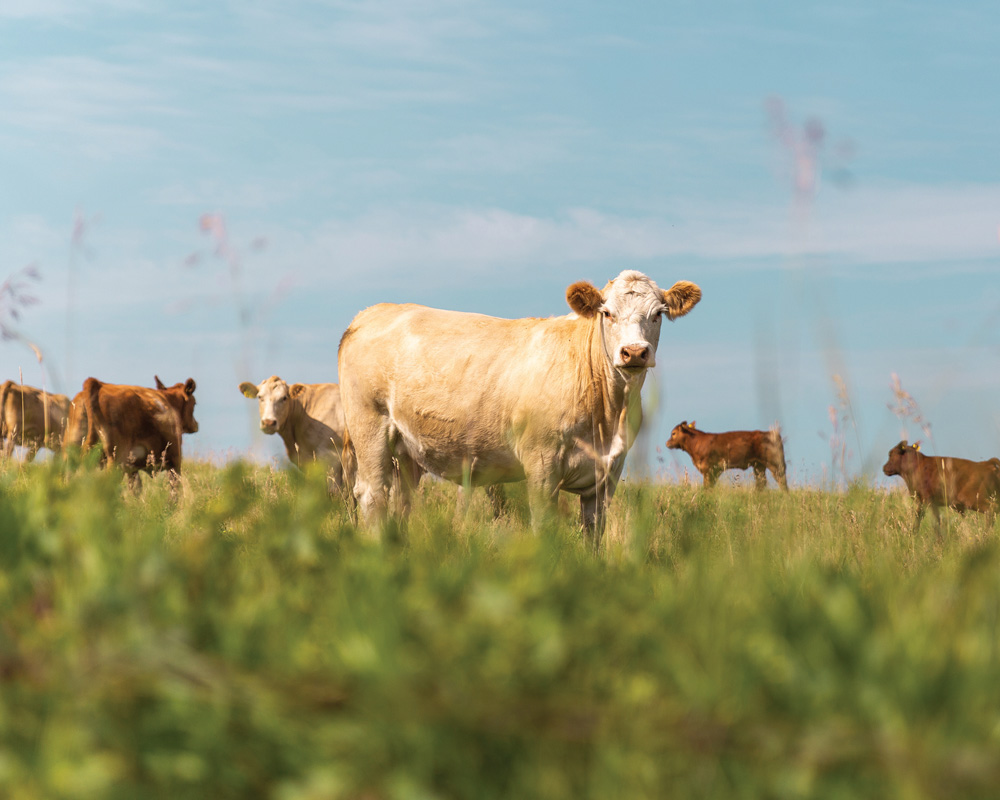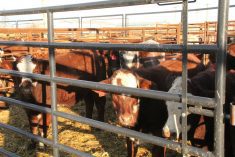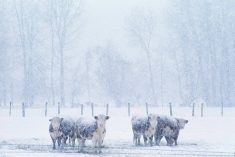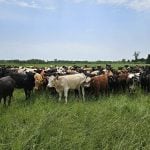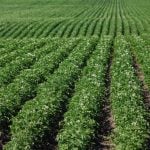Manitoba’s eight cattle auctions and numerous others across Canada witnessed record high prices this past fall, and even stronger prices could be the big story in 2024, according to Brenna Grant, executive director of CanFax.
“I think it would be no surprise that, with a smaller North American cattle herd, that the fundamentals remain strong, with relatively lighter supplies than what we’ve seen in the last few years supporting prices,” said Grant.
In August, Statistics Canada pegged the number of dairy and beef cattle in the country at about 12.16 million, the smallest national herd since 1988. Within Manitoba, StatCan estimated the total dairy/beef herd at approximately one million, its smallest since 1969.
Read Also

Canola market sees up and down week
Canola futures endured a topsy-turvy week ended July 17, 2025, with most ICE contracts seeing net gains of about C$15 per tonne.
Grant noted that demand for beef has waned somewhat since the end of the pandemic.
“Something for everyone to remember is that demand that we are seeing right now, as it starts to weaken, still remains much stronger at historical levels,” she said.
Grant also spoke about the reduction in heifer retention.
“We know we normally see the price high in the cattle cycle after we start seeing heifer retention. That really means the price high for this cattle cycle might not be seen until the fourth quarter of 2024, or even 2025, depending on the weather.”
The biggest concern for Canadian ranchers is volatility, she said, noting that any slight price shifts up or down quickly reverberate through the market.
With the Canadian cattle herd at its smallest, there are also fewer ranchers. During 2023, StatCan pegged the average age of a Canadian farmer at 58, which doesn’t bode well for the cattle industry.
Grant said the declining number of ranchers remains “a perpetual concern.”
“It’s been said for decades that’s the case, yet people continue to come. They’ll find a way.”
It was back to business at Winnipeg Livestock Sales on Jan. 5. Several other Manitoba cattle auction houses were scheduled to resume operations during the first full week of January. That included Brandon, Gladstone and Grunthal on Jan. 9, and Virden on Jan. 10.
The remainder were set to resume the week after, with Killarney on Jan. 15, Ashern on Jan. 17 and Ste. Rose on Jan. 18.






